One of our favorite museums in the world. You've never seen color like this before... And if you can't get there in person, virtually explore the gallery with Smarthistory as your guide.
Some background
videos + essays
Link to the Gallerie dell'Accademia's website
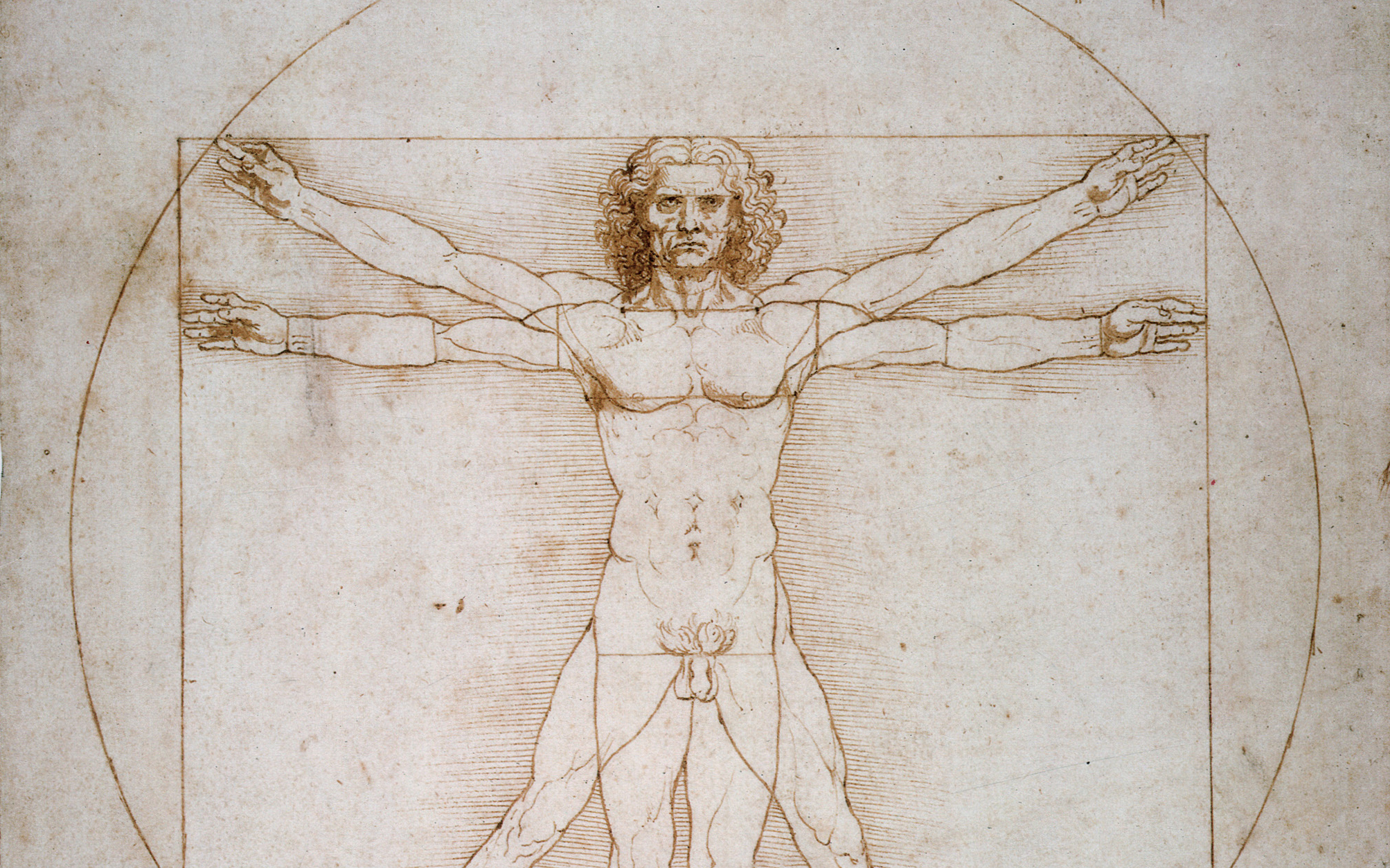
Leonardo da Vinci, “Vitruvian Man”
The “Vitruvian Man” presupposes, with enough effort, idealism can be achieved in human reality.
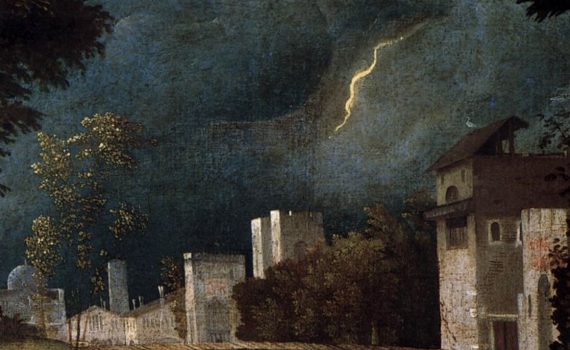
Giorgione, The Tempest
In the distance, lightning strikes. What does it mean? Poetic and evocative, this painting invites interpretation.
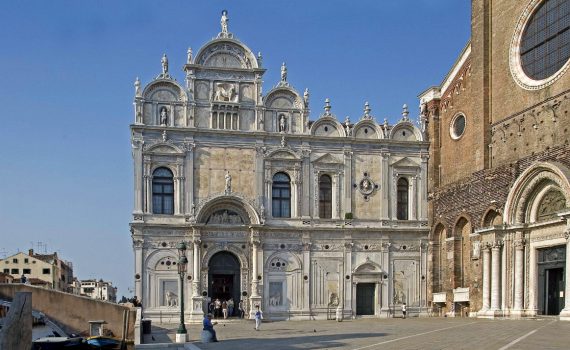
Devotional confraternities (scuole) in Renaissance Venice
Brotherhoods lent stability to religious and civic life. These wealthy institutions also commissioned paintings.
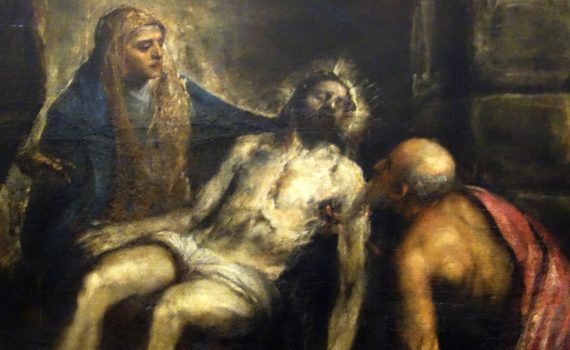
Titian and Jacopo Palma il Giovane, Pietà
This personal image was destined for Titian’s tomb, but he may also appear in it as St. Jerome.
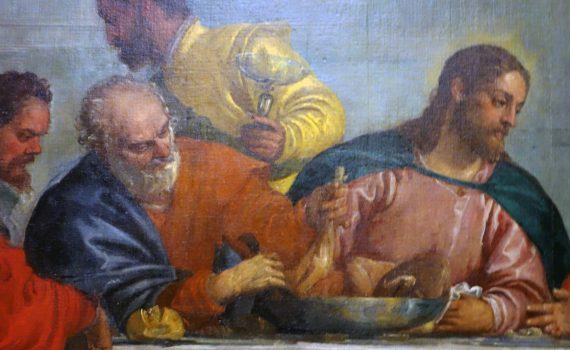
Paolo Veronese, Feast in the House of Levi
Veronese described himself as a painter of figures. Judging by the throng depicted here, he clearly enjoyed it.
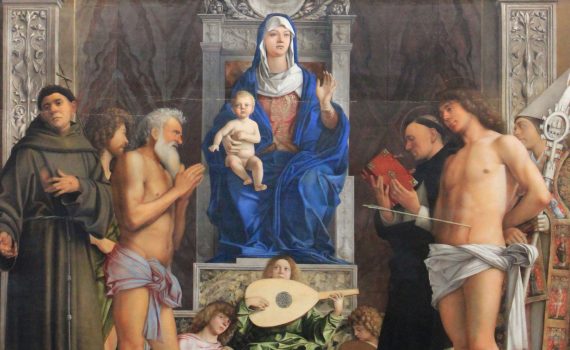
Giovanni Bellini, San Giobbe Altarpiece
With its decorative marble and golden light, this space looks a lot like San Marco. Shall we? St. Francis beckons.
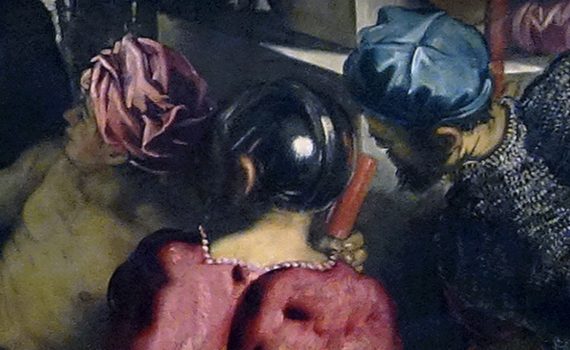
Jacopo Tintoretto, The Miracle of the Slave
This painting was once criticized for its loose, open brushwork—a hallmark of Tintoretto’s style we now admire.
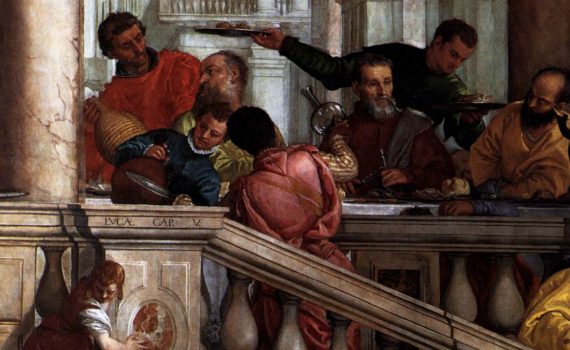
Transcript of the trial of Veronese
Asked to explain his art to the Inquisition, Veronese claimed that painters, like madmen, enjoyed poetic license.

